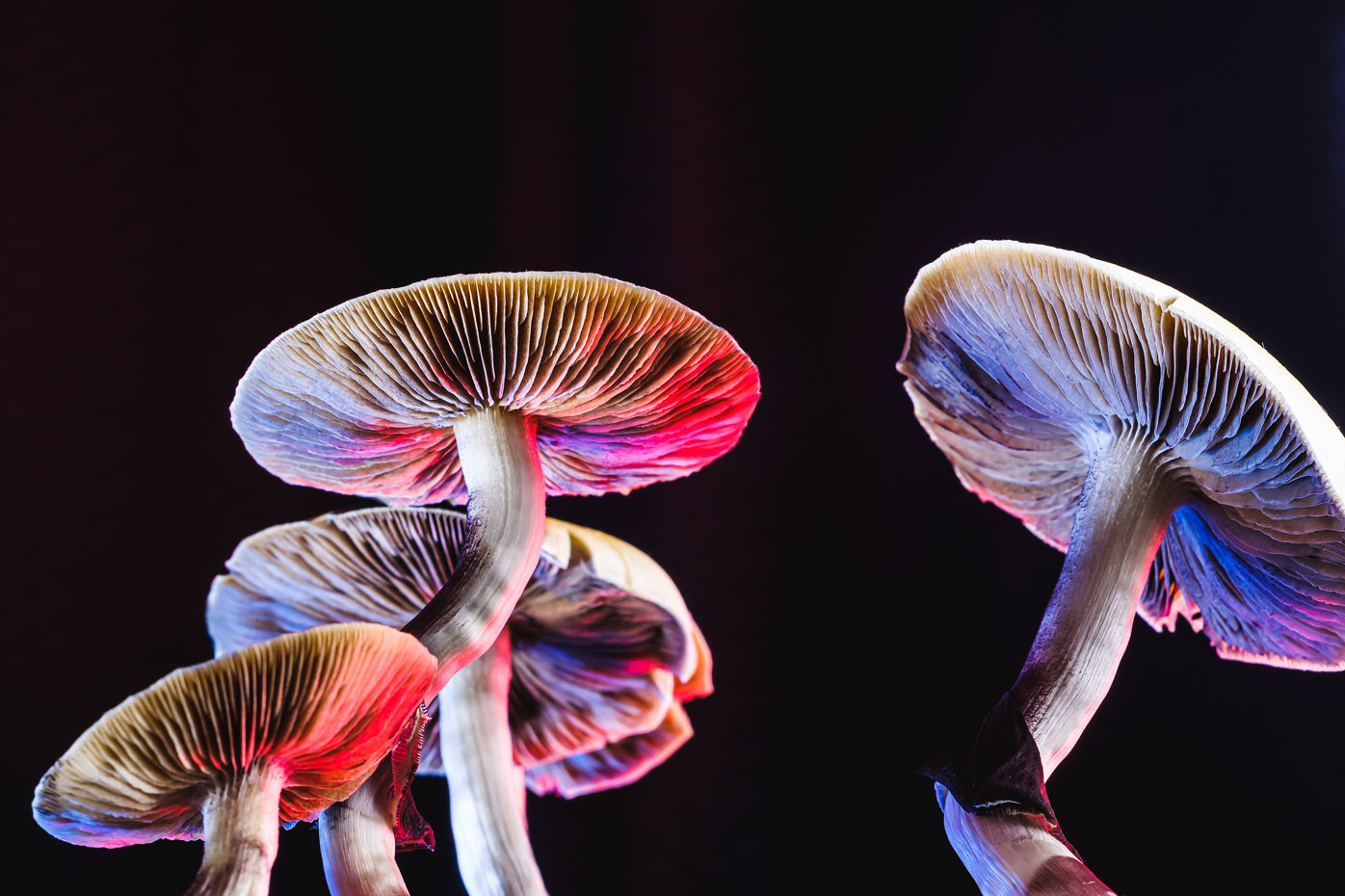All Regarding Psychotomimetic Substances: Their Function in Psychological Study
Psychotomimetic compounds, such as LSD and psilocybin, have garnered enhancing interest in emotional research for their capability to replicate psychotic signs and supply insight right into numerous mental health conditions. Their communications within the mind, particularly via serotonin and dopamine paths, recommend a facility connection in between awareness and neurobiology that might unlock unique healing avenues. As scientists continue to explore their potential applications, moral considerations surrounding their use in clinical setups come to be vital, raising important questions regarding safety and security and informed approval that warrant further exploration.
Definition of Psychotomimetic Compounds
In the realm of mental research study, psychotomimetic compounds are compounds that can induce impacts resembling those of psychosis, such as hallucinations, deceptions, and transformed perceptions of fact - About Golden Psycho. These substances can be categorized into numerous groups, consisting of hallucinogens, dissociatives, and certain stimulants, each creating unique psychological effects
The pharmacological activity of psychotomimetic substances commonly involves modulation of neurotransmitter systems, particularly those pertaining to serotonin, dopamine, and glutamate. Compounds like lysergic acid diethylamide (LSD) largely act on serotonin receptors, leading to extensive alterations in sensory perception and cognition.
The utility of psychotomimetics in research depends on their capability to simulate psychotic symptoms, supplying a model for understanding the underlying mechanisms of psychotic conditions such as schizophrenia. By examining the results of these compounds, researchers can acquire understandings right into the neurobiological and psychological procedures that add to psychosis.
Additionally, psychotomimetic substances have been discovered for their healing potential in dealing with various mental health conditions, consisting of clinical depression and stress and anxiety, highlighting their dual role in both research study and possible medical applications.
Historic Growth and Context
The expedition of psychotomimetic compounds has a rich historical context that dates back to ancient civilizations, where substances such as psilocybin mushrooms and peyote were utilized in spiritual and recovery practices. These early uses typically intertwined with spiritual routines, suggesting a profound reverence for the modified states of awareness caused by these compounds.
The mid-20th century noted a significant pivotal moment in the research of psychotomimetic compounds, particularly with the synthesis of LSD by Albert Hofmann in 1938. The subsequent popularization of LSD in the 1960s militarized a wave of rate of interest in both its emotional effects and possible restorative applications. Scientists began to explore just how these substances can mimic psychotic states, giving insights into mental disease.
However, the enhancing association of psychotomimetics with counterculture motions resulted in regulative reaction, finishing in the criminalization of numerous of these compounds. Regardless of these challenges, the resurgence of interest in the restorative potential of psychedelics in the 21st century has prompted restored research. This historic trajectory emphasizes the progressing perception of psychotomimetic compounds, transforming from spiritual materials to topics of clinical inquiry and, potentially, restorative guarantee.
Devices of Activity
Comprehending the systems of action of psychotomimetic compounds exposes the intricate means these materials interact with the brain's neurochemistry. These substances primarily exert their impacts via inflection of navigate to this website natural chemical systems, particularly serotonin, dopamine, and glutamate.
Along with serotonin, dopaminergic pathways are substantially affected by substances like mescaline and particular cannabinoids, which can lead to transformed states of consciousness and adjustments in state of mind and motivation. The NMDA receptor enmity observed with compounds like ketamine highlights one more path with which psychotomimetics might induce dissociative states and extensive modifications in believed procedures.
The neurochemical waterfalls initiated by these communications cause complicated and multifaceted psychological results. Understanding these mechanisms is important for both the innovation of emotional research and the restorative possibility of psychotomimetic substances, as they offer insights right into the underlying neural correlates of altered states of consciousness.
Current Research Study and Applications
Current examinations into psychotomimetic substances have exposed a renewal of interest in their healing applications, specifically in the fields of psychiatry and psychology. Researchers have actually begun discovering substances such as psilocybin, LSD, and ayahuasca for their possible to alleviate symptoms connected with numerous mental health and wellness disorders, including depression, anxiousness, and PTSD.
Medical tests have demonstrated that, when administered in regulated atmospheres, these compounds can promote extensive psychological experiences, promoting psychological innovations and improved healing end results. For example, studies have revealed that psilocybin-assisted therapy can cause significant reductions in treatment-resistant clinical depression, with effects lasting for numerous months post-treatment.
Additionally, psychotomimetic compounds are being evaluated for their capacity to promote neuroplasticity, potentially allowing for more reliable rewiring of maladaptive thought patterns. These findings suggest that such substances may work as complements to typical psychotherapeutic approaches, enhancing the efficacy of therapeutic treatments.
As research study progresses, the emphasis is moving in the direction of understanding the optimum dosages, restorative settings, and participant features that can optimize the advantages of these substances. This blossoming area holds assurance for transforming mental health and wellness treatment standards and attending to the limitations of traditional psychological medications.
Ethical Factors To Consider in Study

Browsing the honest landscape of study involving psychotomimetic substances is vital to ensuring participant safety and the integrity of research study results. Researchers should prioritize educated authorization, making sure that participants fully understand the potential threats and advantages associated with the materials being examined. This consists of offering comprehensive details about possible psychological results, consisting of severe and long-lasting impacts, and permitting participants the have a peek at these guys opportunity to take out from the research study at any moment scot-free.
IRBs assess study procedures to safeguard participant welfare and copyright ethical criteria. Furthermore, the capacity for browbeating need to be meticulously evaluated, More Bonuses especially when vulnerable populations are entailed.
Privacy is one more paramount consideration. Researchers should implement durable actions to shield individuals' identifications and data, particularly given the delicate nature of experiences connected with psychotomimetic substances (About Golden Psycho). Ultimately, a commitment to moral practices not only cultivates depend on between researchers and participants however additionally improves the trustworthiness and credibility of the research study end results, adding to the advancement of psychological knowledge

Verdict
In final thought, psychotomimetic substances, particularly classic psychedelics such as LSD and psilocybin, offer considerable understandings right into psychological problems through their distinct mechanisms of activity. Their healing capacity in resolving problems like anxiousness and PTSD underscores the relevance of continued study in this area. Making sure honest criteria in research practices is vital for participant safety and security and educated consent, allowing for an accountable expedition of these substances' advantages and ramifications within mental science.